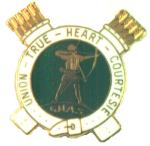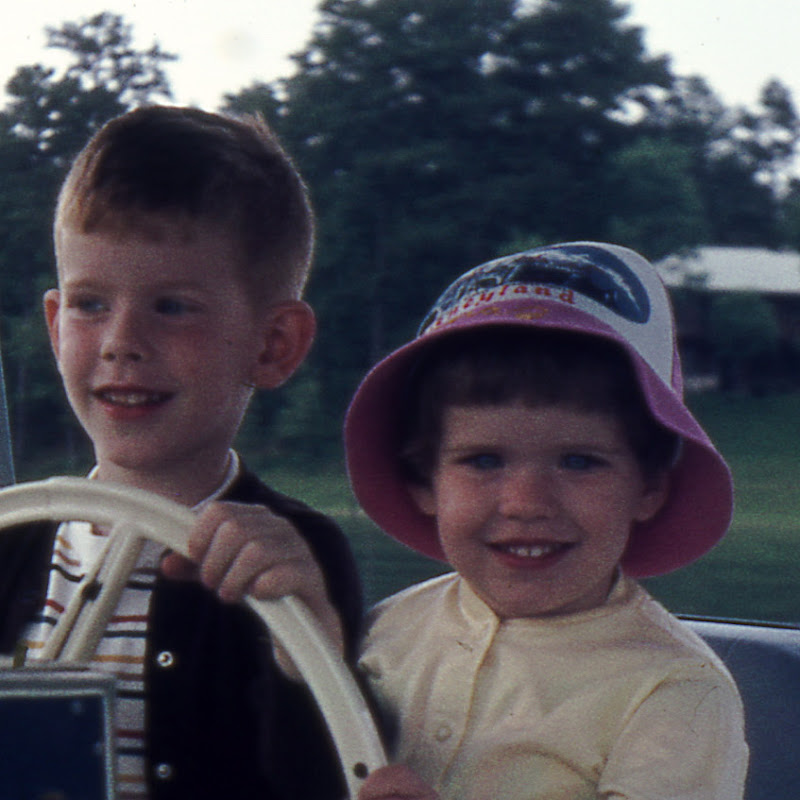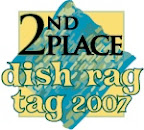At that point we were loaded with information. We even had consensus on a thesis statement. But we needed to somehow transition from the phase where we educated ourselves to the phase where we do something about what we learned.
In order to make that turn, we went back to the first principles of the project. What values were exemplified in our work so far? If we knew that, maybe we would know how to proceed. Looking at the research we'd done, it seemed clear that the value we were all pursuing was information. We were looking for the truth in a sea of rumor, uncertainty, and bias. So whatever we decided to do with our work should be consistent with the priority of information.
We were all in agreement that having this information created an imperative for us to disseminate it. But to what audiences? The answer would determine the forms in which we'd communicate what we knew. We identified two audiences and further specified how we wanted to influence them.
- The UCA administration. We knew that we wanted to bring our perspective to the longstanding question of parking and transportation planning to the University administration, in the hope was that our conclusions could affect future policy. We sought to influence the decisions made by decision-makers. The appropriate form of communication for this audience seemed to us to be a detailed report. Which means we needed an executive summary of all the research done by the students in their various groups and on their own. Some students volunteered for that effort and produced several drafts, using information provided by the research groups on their most important messages.
- UCA students. This one was harder. What did we want to accomplish by sharing our information with them? We realized that we wanted to turn down the volume on the complaining we frequently hear about parking. We further wanted to dial down the pressure that sometimes comes from students demanding drastic solutions, like a parking deck. We settled on two forms of communication to this audience: flyers and Facebook. A graphics team came together to create a logo that would unify the campaign across both platforms. Another team formed to transform the project's most interesting and surprising results into pithy, informative flyers that could be distributed around campus. And another set of students, less cohesive and more individually motivated, began writing notes, creating groups, and setting up pages on Facebook around particular aspects of the project in which they were personally invested.
It helped immensely at this particular stage of the project -- the end of the research phase and the beginning of the action phase -- to go back to the motivations that were driving the overall process. What were we trying to do? What values were we acting on as we did it? What change did we want to see? Who did we need to reach to make it happen? And what kinds of communication will be most effective in reaching them? There was vigorous discussion and debate over the merits of particular ideas. It was remarkably easy to reach consensus, though, once we all saw through the details of what we'd been doing back to the reasons we were doing it. Those imperatives pointed the way to a particular set of actions and helped define the principles on which we could make choices about this or that strategy.
Next time -- the thrilling conclusion! Where did we end up, who was with us when we got there, and how did we change along the way?





No comments:
Post a Comment